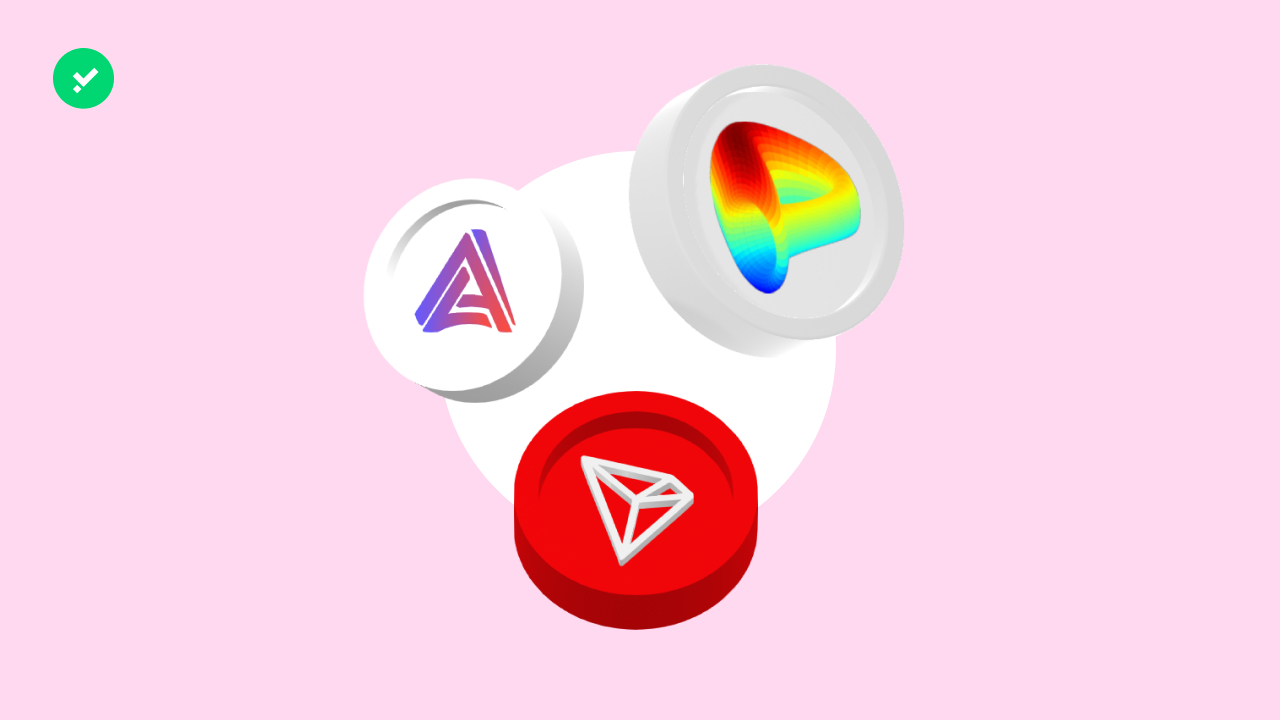We present stablecoins arriving in 2022 as well as those in crisis. What happened to FEI and aUSD? What are the plans for Curve and Aave?
The desire of DeFi platforms to create stablecoins is certainly one of the trends of the moment. Stablecoins are cryptos that remain pegged to the price of fiat currencies, usually to the value of the dollar. They fall into two categories: algorithmic ones and those that base their value on reserves of funds that serve as the underlying collateral. The former maintain their peg to the dollar price through algorithmic trading systems, such as seigniorage. The latter, on the other hand, manages to maintain a stable price by holding reserves of currency in a 1:1 ratio with the tokens issued.
Collateral-backed stablecoins are in turn divided into two subcategories, centralised and decentralised collateralised stablecoins. The main difference between the two types relates to the type of currency that acts as collateral. For centralised stablecoins, the collateral is made up of fiat currency, usually US dollars or equivalent financial instruments. By contrast, for decentralised stablecoins, the collateral is composed entirely of other cryptos. The most famous centralised stablecoins are USDT and USDC. However, it is the decentralised stablecoins that are stealing the show within the DeFi sector nowadays. Let’s look at the new stablecoins coming in 2022 as well as those going through a period of crisis.
New decentralised stablecoins on the way: Curve, Aave and Shiba
A few weeks ago, Aave, a DeFi ecosystem specialising in decentralised loans, published a proposal to create its own stablecoin. This provoked a quick response from one of their most famous competitors Curve finance, who announced their own stablecoin. Curve is one of the most famous and widely used DEXes in the industry. The announcement was made quietly, unlike Aave’s, and was not posted on the platform’s social networks. It was made by the CEO and founder of the world’s most widely used DeFi protocol, Michael Egorov, during a crypto-themed summit. In addition to announcing the launch, Michael Egorov stated that Curve’s stablecoin will operate according to the over-collateralisation mechanism and will be fully decentralised.
The information so far is not very detailed, but it is rumoured that the overcollateralisation mechanism will be similar to the one used by Maker DAO with its DAI stablecoin and which Aave plans to implement with GHO. Another ecosystem, completely different from Curve, has announced that it too is working on a stablecoin: Shiba Inu is planning to create a Defi ecosystem complete with everything a user could ever want. After Shiba‘s decentralised exchange, Shibaswap, there should soon be a metaverse and the SHI stablecoin that will also be over-collateralised.
Stablecoins in crisis: aUSD and FEI
The basic idea behind stablecoins is simple but its implementation is complex. When depending on large collaterals, failure is just around the corner. Especially during bear market phases like the one we are in now. The Terra (LUNA) Ecosystem is a great example of this. Two other stablecoins have since also recently fallen under the attack of malicious actors. The protocol named FEI for example is closing its doors. In early 2021, Fei Labs had raised $1.3 billion equivalent in Ethereum to build a decentralised stablecoin. The collected Ethereum was used as collateral for the FEI stablecoin. In December, the DeFi protocol decided to start collaborating with another project called Rari Capital, together creating a lending platform called Fuse. The lending platform allowed users to borrow FEI stablecoin by depositing collateral in crypto. This collateral was then used to keep the price of FEI stable. Unfortunately, in April 2022, the Fuse lending protocol was hacked. Hackers stole $80 million, causing the stablecoin’s dollar-anchoring mechanism to fail. This resulted in the failure of the Fuse platform and thus the end of the Fei Labs project.
Similarly, the stablecoin of the Polkadot Acala parachain called aUSD also suffered a crash recently. On Sunday, the 14th of August 2022, a bug caused by a misconfiguration of the iBTC/aUSD liquidity pool made a hack possible. The hackers in question managed to break into the liquidity pool and stole approximately 1.27 billion aUSD. After being made aware of the exploit, the Acala team disabled the transfer functionality of the erroneously issued aUSDs remaining on Acala’s parachain. This greatly limited the damage, in fact 99% of the stolen aUSDs remained on Acala’s blockchain. The damage is valued at around $1.6 million. The team is still working hard to recover the lost funds by tracking and monitoring transactions and wallets.In the meantime, the stablecoin seems to be slowly recovering its dollar price.
The change of course of USDD, Tron’s stablecoin
Speaking instead of algorithmic stablecoins, the star of the moment is definitely Tron‘s decentralised USDD stablecoin, which is often compared to UST, the stablecoin of the Terra ecosystem.
The two stablecoins function very similarly, or at least they did until recently. USDD was launched a few days before the collapse of the Terra (LUNA) ecosystem with the aim of offering even better returns, up to 30% compared to the 20% once offered by Anchor Protocol. The Tron DAO Reserve’s goal was to make inroads into the market by intercepting users attracted by high APY rates on stablecoins. Remember that the UST stablecoin had a market cap of about $19 billion. However, following the collapse of UST and LUNA, USDD and other algorithmic stablecoins such as USN (developed by Near) also had to change their dollar peg mechanism. USN was totally transformed and became an over-collateralised stablecoin. Meanwhile, USDD decided to remain in limbo, adopting a hybrid system that shares features with both types of mechanism.
The initiative of the Tron DAO Reserve was to maintain the algorithmic aspects of the project, hence the creation of a system based on the coexistence of two tokens TRX and USDD. They make use of processes such as arbitrage and seigniorage to keep USDD pegged to the dollar price. In addition to this system, a decentralised reserve greater than the total value of all USDD in circulation has been implemented in order to keep the protocol secure. This counts especially in times of crisis and for avoiding bank runs like the one that happened to UST. Currently, USDD’s market cap is just over $700 million, and it holds more than $2.3 billion USD in collateral reserves. According to the Tron DAO Reserve website, the stablecoin currently holds 990 million USDC, 140 million USDT, 10.9 billion TRX and 14,000 Bitcoins.
The development of decentralised stablecoins by protocols that were not initially created for that purpose is a path taken by many crypto projects. The goals that projects aim to achieve through these initiatives are varied. First and foremost, the ecosystems aim to give their users the opportunity to shelter themselves from volatility without leaving the ecosystem, and thus to hold stable value in a decentralised manner. Another goal is to reach new customers through advantageous rewards applied to a capital that should remain stable. We will see if more new stablecoins will appear in 2022, perhaps on a completely algorithmic basis. Or perhaps the market will remain dominated by collateralised stablecoins, which are certainly more popular to date!



